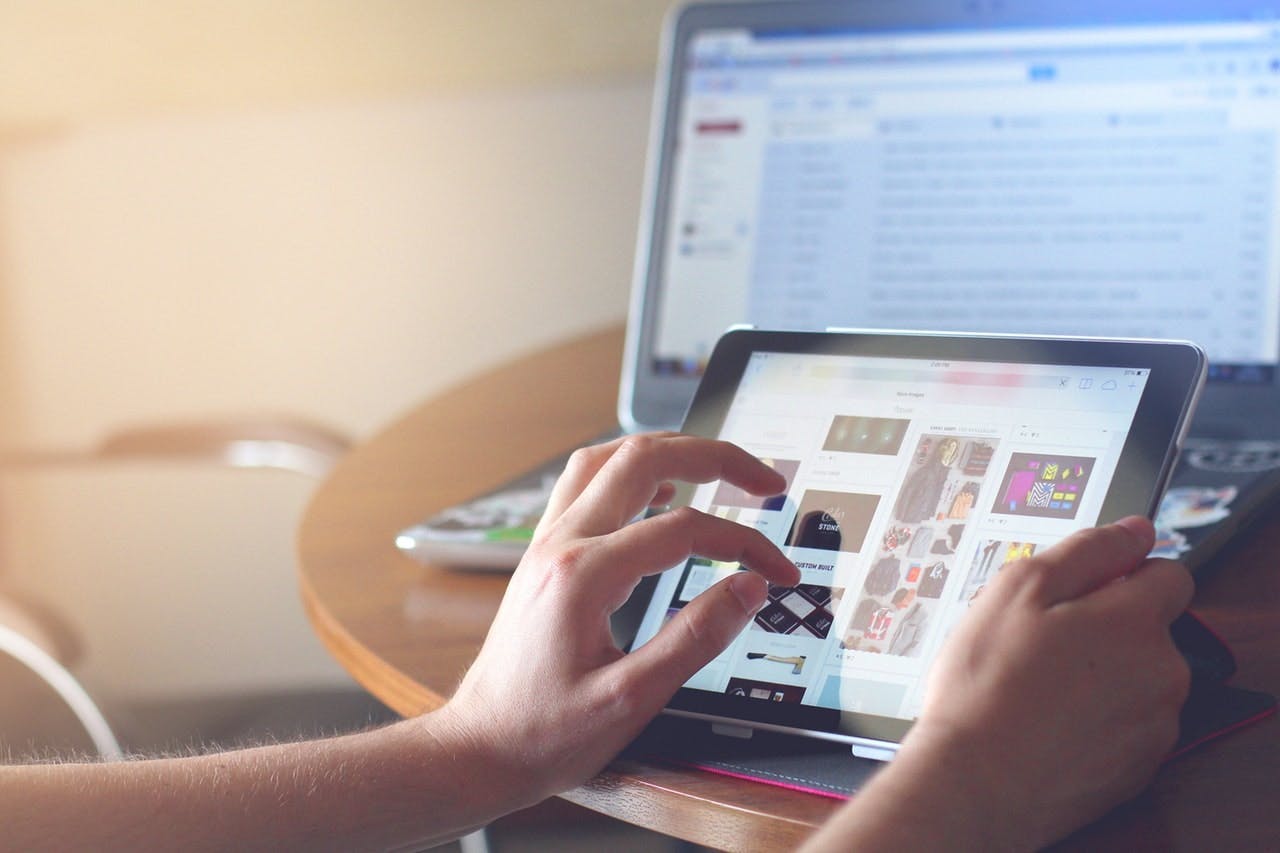How Facebook Increased The Number Of Votes In The 2010 US Congressional Elections
Imagine you open your Facebook page and see a fundraising program for koalas burnt in the Australian bushfires. You see that Sarah (your best friend), Tom (your neighbor), and John (your friend’s colleague) have already donated to the cause. You click the link to donate and announce your participation by pressing the button so that everyone knows you support the same cause. Had you financially planned for that donation in advance? Probably not, but you like Sarah, so if she did it, maybe you should too.

Background
This hallmark study,1 which sought to investigate if social media can increase voter turnout, was performed in the US in 2010 and published in 2012 in the prestigious journal Nature. It has since been mentioned more than 50 times in different blogs and news sites, including The Guardian. Despite the widely-held belief that online mobilization played a significant role in recent elections,2 the results of a meta-analysis study on email experiments indicate that online methods are ineffective for influencing voter behavior.3 What makes social media so attractive to researchers is the possibility of reaching large populations that it brings; even an increase in the number of voters as small as 1% can be substantial given a large enough population of users.
References
- Bond, R. M., Fariss, C. J., Jones, J. J., Kramer, A. D., Marlow, C., Settle, J. E., & Fowler, J. H. (2012). A 61-million-person experiment in social influence and political mobilization. Nature, 489(7415), 295-298.
- Christakis, N. A., & Fowler, J. H. (2009). Connected: The surprising power of our social networks and how they shape our lives. Little, Brown Spark.
- Huckfeldt, R. R., & Sprague, J. (1995). Citizens, politics and social communication: Information and influence in an election campaign. Cambridge University Press.
- Criticism of Facebook. (Last modified Feb 29, 2020). In Wikipedia. Retrieved March 25, 2020, from https://en.wikipedia.org/?curid=12878216
- Allcott, Hunt. (2011). “Social Norms and Energy Conservation.” Journal of Public Economics 95: 1082-1095.
About the Author
Maral Yeganeh
Maral Yeganeh Doost had finished her Ph.D. in neuroscience and currently, she is a post-doctoral fellow at Montreal Neurological Institute of Mcgill University. Her research is about motivation and its role in human actions in both healthy and stroke survivors. Her studies aim to quantify the extent of incentive effect on the performance of behavioral tasks. Maral is interested in harnessing the principles of behavioral economics in public policy to improve public health among Canadians.
About us
We are the leading applied research & innovation consultancy
Our insights are leveraged by the most ambitious organizations
“
I was blown away with their application and translation of behavioral science into practice. They took a very complex ecosystem and created a series of interventions using an innovative mix of the latest research and creative client co-creation. I was so impressed at the final product they created, which was hugely comprehensive despite the large scope of the client being of the world's most far-reaching and best known consumer brands. I'm excited to see what we can create together in the future.
Heather McKee
BEHAVIORAL SCIENTIST
GLOBAL COFFEEHOUSE CHAIN PROJECT
OUR CLIENT SUCCESS
$0M
Annual Revenue Increase
By launching a behavioral science practice at the core of the organization, we helped one of the largest insurers in North America realize $30M increase in annual revenue.
0%
Increase in Monthly Users
By redesigning North America's first national digital platform for mental health, we achieved a 52% lift in monthly users and an 83% improvement on clinical assessment.
0%
Reduction In Design Time
By designing a new process and getting buy-in from the C-Suite team, we helped one of the largest smartphone manufacturers in the world reduce software design time by 75%.
0%
Reduction in Client Drop-Off
By implementing targeted nudges based on proactive interventions, we reduced drop-off rates for 450,000 clients belonging to USA's oldest debt consolidation organizations by 46%




















